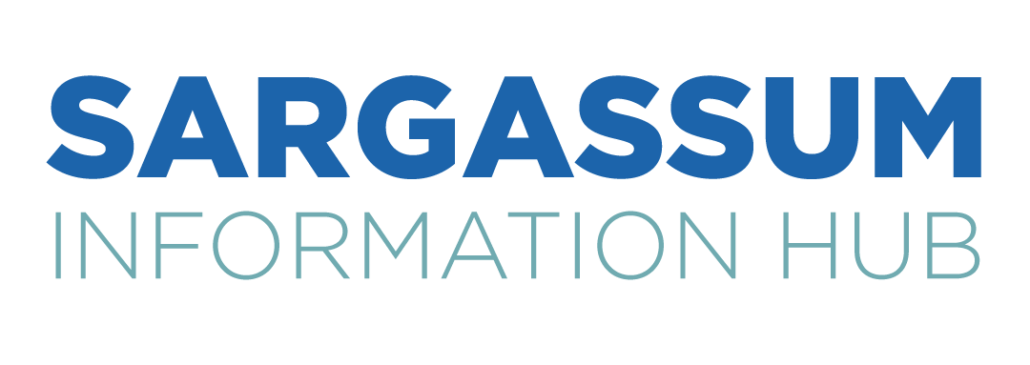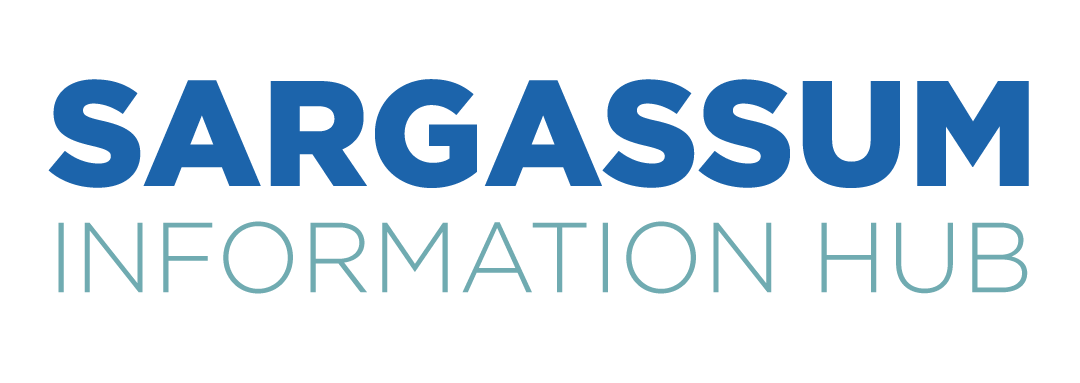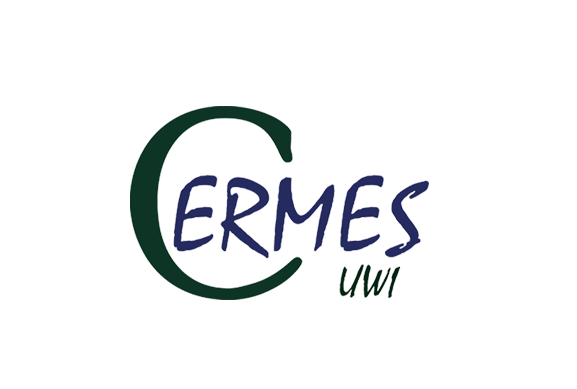Most hotels located in St. Vincent are not located in areas impacted by sargassum inundations, but hotels in the Grenadines have been critically impacted. Some resorts on Union Island even closed for prolonged periods (4 to 5 months) during periods of inundation. Furthermore, several recreational beaches across the Grenadines have been greatly affected, especially the beaches of the eastern islands.
Fisherfolk reported catch reductions in some species, namely adult dolphinfish. Increases were observed in landed juvenile dolphinfish, however; increases were also seen in crevalle catches. It was reported that the changes in dolphinfish landings have resulted in the enforcement of a minimum size limit by the Saint Vincent Fish Market. Sargassum inundations in Saint Vincent and the Grenadines have caused damage to vessels and equipment, loss of fishing days at sea, as well as an increased time spent fishing as a result of trying to navigate around Sargassum rafts during influx events. Additionally, it was reported that food security was potentially affected in some islands, e.g., Bequia, because of catch fluctuations and reduction in fishing time.
Human health has also been affected, with some people in affected communities in Saint Vincent and the Grenadines reporting respiratory issues due to exposure to hydrogen sulphide. It has been alleged by coastal residents that hydrogen sulphide is dissolving into harvested potable water in Bequia. Furthermore, it has been posited that there are decreases in mosquito population during periods of sargassum inundation.
Minor each erosion from improper removal methods or from the physical action of sargassum itself (in islands like Bequia) have been some of the environmental impacts resulting from sargassum inundations in Saint Vincent and the Grenadines. Concern for potential impacts to turtle nests has also been expressed. The observed decline in water quality caused by inundations is also presumed to have affected coral reef health, but there is limited empirical evidence of this.









